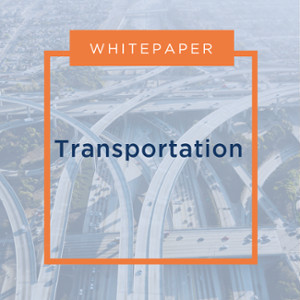In this article
More than 47,000 bridges in the US have been identified as “structurally deficient” and in need of urgent rehabilitation, according to a report from the American Road and Transportation Builders Association (ARTBA).
The organization analyzes data from the Federal Highway Administration and estimates it will take more than 80 years to fix the nation’s deficient bridges. Although down by approximately 7,000 since 2017, most of the compromised bridges accounted for were not repaired.
The number was reduced because the Federal Highway Administration weakened the requirements for a bridge to be considered deficient.
Repairs in 2018 were being done at their slowest pace in five years. According to Alison Black, chief economist for ARTBA, "There's not a lot of new money. It really is just keeping pace with project costs and inflation...I think if we saw a significant increase in the federal funding side of this that would really go a long way to help states that are trying to provide some of these repairs and fix these bridges." Decision Lens delivers the complete process for identifying, prioritizing, analyzing, and measuring which investments, projects, and resources will deliver the highest returns.
It combines organizational data with leaderships’ wisdom to establish priorities in an intelligent framework. The streamlined and automated solution saves organizations countless hours and resources while providing optimal value for projects.
The Decision Lens Suite brings structure and quality to key decisions by utilizing a family of open, integrated solutions that enables organizations to effectively organize and evaluate the complex factors contributing to a decision while accelerating consensus building and ownership.
Take a look at the Decision Lens white paper on Transportation Capital Planning for a more in-depth view of the methodology that links transportation planning and programming through performance-based resource allocation:





